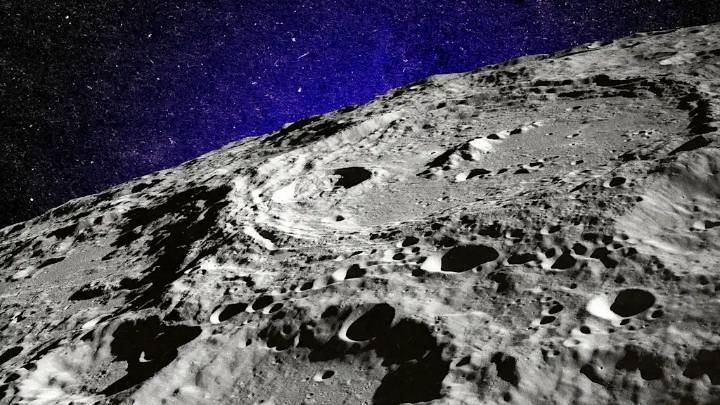In a bold, strategic move for the U.S., acting NASA Administrator Sean Duffy announced plans on August 5 to build a nuclear fission reactor for deployment on the lunar surface in 2030. Doing so would allow the United States to gain a foothold on the moon by the time China plans to land the first taikonaut, what China calls its astronauts, there by 2030.
Apart from the geopolitical importance, there are other reasons why this move is critically important. A source of nuclear energy will be necessary for visiting Mars, because solar energy is weaker there. It could also help establish a lunar base and potentially even a permanent human presence on the moon, as it delivers consistent power through the cold lunar night.
As humans travel out into the solar system, learning to use the local re

 Fast Company Technology
Fast Company Technology

 CNN
CNN People Crime
People Crime RadarOnline
RadarOnline AlterNet
AlterNet NBC News
NBC News Newsweek Top
Newsweek Top ESPN Soccer
ESPN Soccer The List
The List